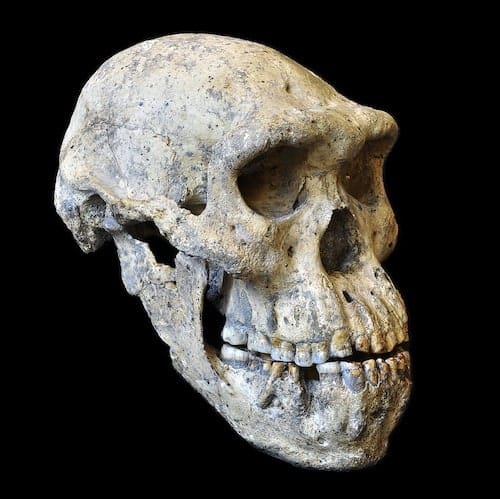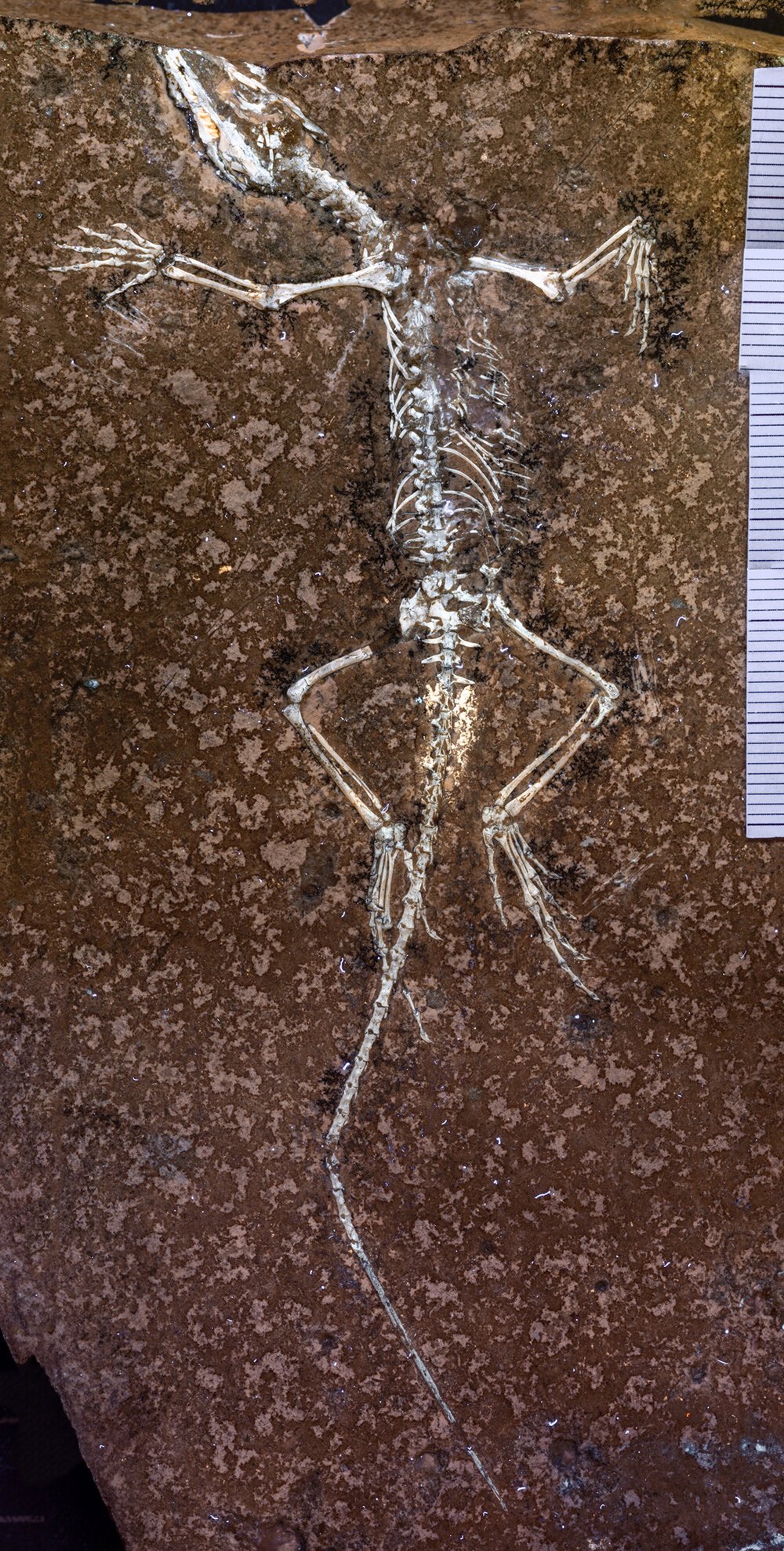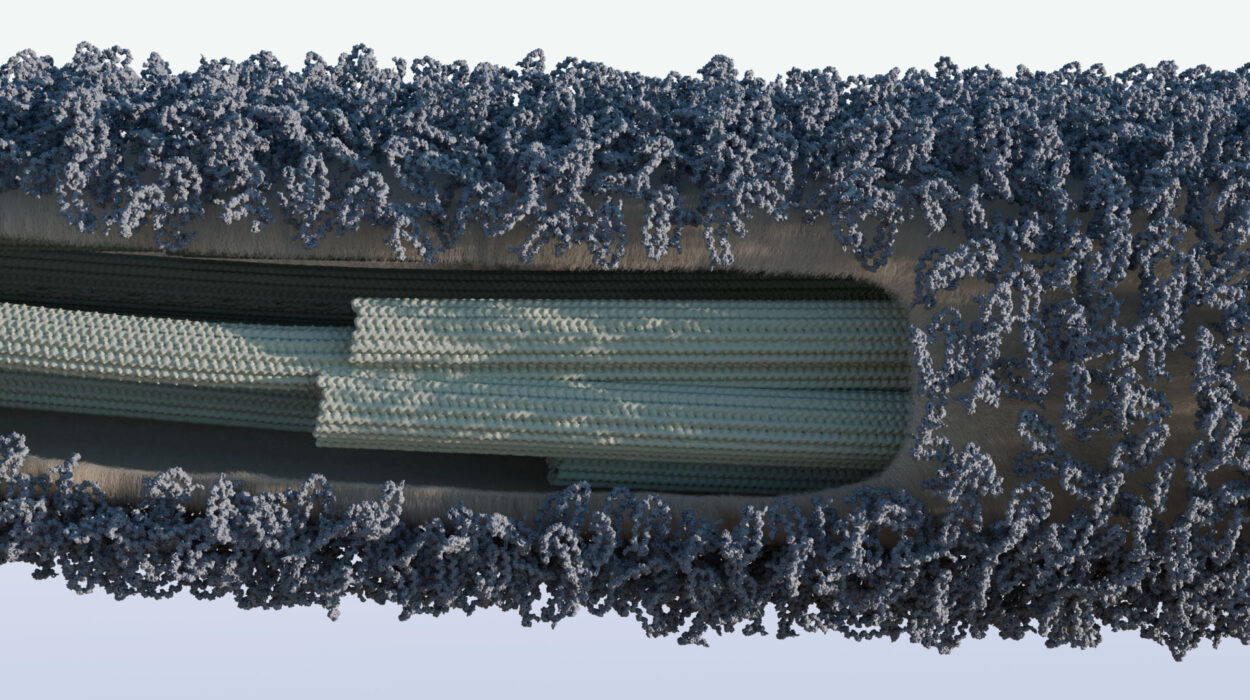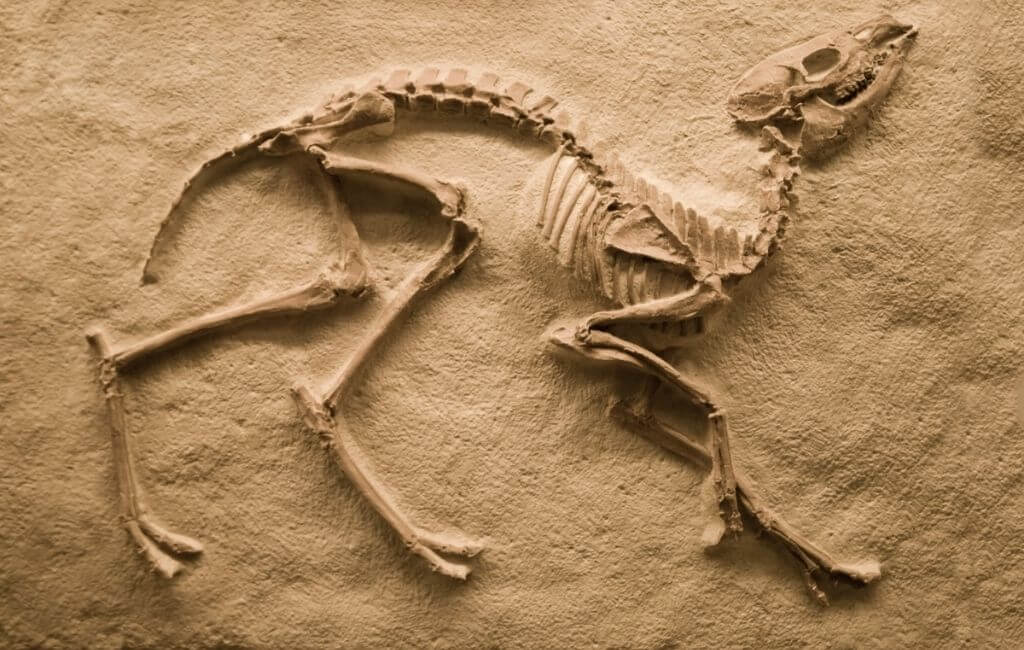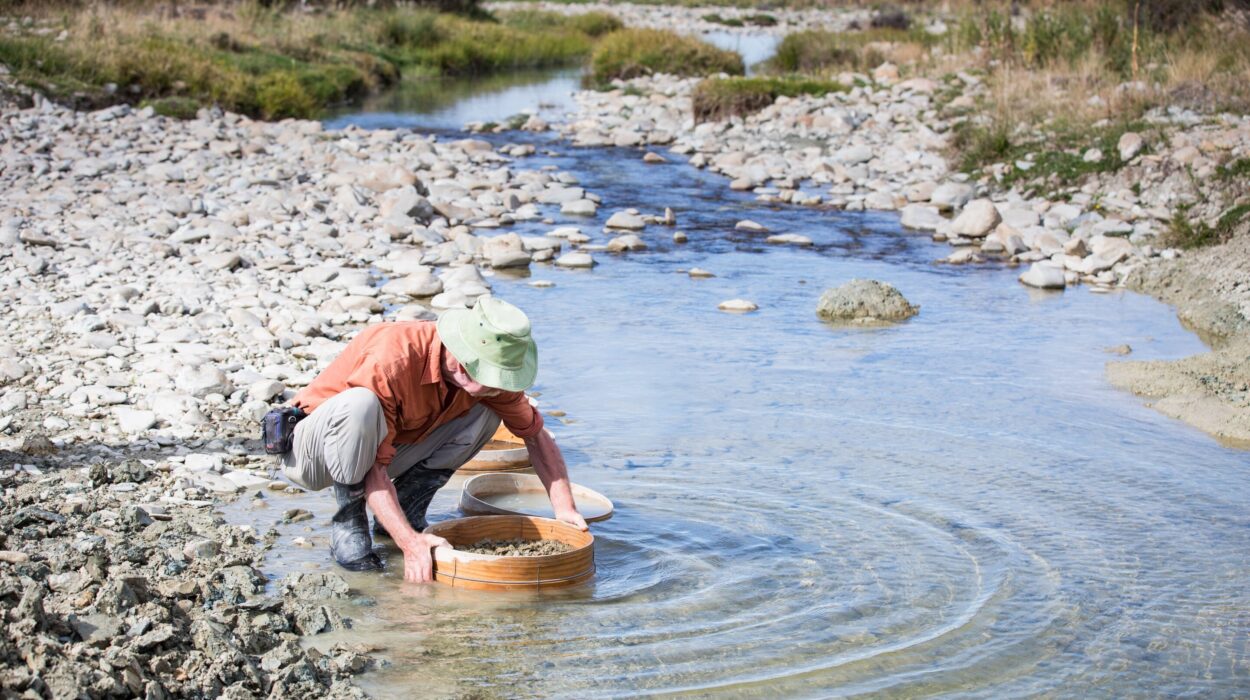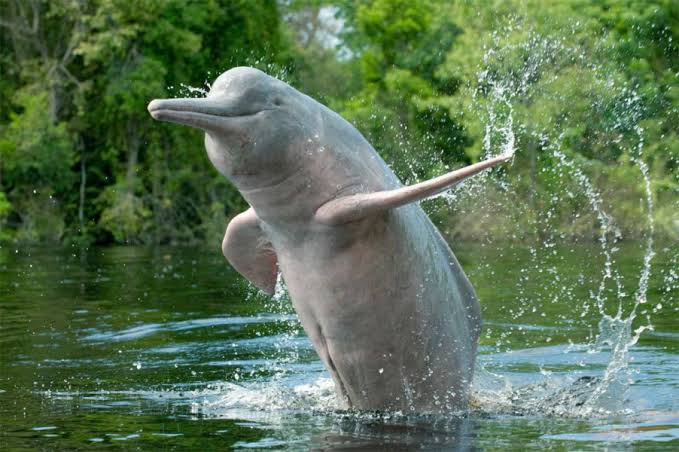Long before Charles Darwin ever stepped foot on the Galápagos Islands, people had begun to sense that the world was far older and more complex than biblical timelines had suggested. Fossils of strange and extinct creatures appeared embedded in ancient rocks, often in places where no living counterparts existed. Fossil seashells were found on mountaintops. Gigantic bones of unfamiliar animals were pulled from the earth. These were not merely curiosities. They whispered of a deep past, of a natural history written into stone—one that could not be dismissed by myths alone.
When Darwin published On the Origin of Species in 1859, it was a seismic moment in science—not because it started the conversation, but because it offered a coherent, testable, naturalistic explanation for the incredible variety of life on Earth. Evolution through natural selection was a theory grounded not in imagination, but in observation, inference, and evidence. It presented life as dynamic, shaped by environmental pressures, time, and inheritance.
More than a century and a half later, evolution remains the foundational theory of biology. It is not just accepted—it is indispensable. Evolution explains the structure of DNA, the resistance of bacteria to antibiotics, the similarity of embryos across species, and the deep patterns in the fossil record. Scientists across every field—from genetics to paleontology to molecular biology—rely on evolutionary principles not because of tradition or ideology, but because the evidence demands it.
To understand why evolution is so widely accepted by the scientific community, we must explore what science requires, what evolution explains, and how it continues to be tested and refined every day.
What Makes a Scientific Theory Worth Believing
In science, belief is not a matter of faith, preference, or popularity. It is a question of whether a theory can explain the data, make predictions, be tested, and hold up against scrutiny. A theory, in the scientific sense, is not a guess—it is a comprehensive explanation backed by a vast body of evidence. Gravity is a theory. So is the theory of germs. And so is evolution.
Scientific acceptance is hard-won. Ideas must be supported by observable facts, reproducible results, and a clear capacity to generate new questions. Scientists do not adopt theories because they are convenient—they adopt them because they work. A theory gains acceptance when it continues to explain the natural world better than any other competing hypothesis.
Evolution is one such theory. It is not perfect—no theory is—but it is the best explanation we have for the diversity of life. It fits with everything we have observed from the fossil record, comparative anatomy, genetics, developmental biology, and more. It is consistent across disciplines, predictive in its capacity to explain new discoveries, and flexible enough to incorporate complexity and nuance as new data arise.
The scientific community accepts evolution because it earns that acceptance through overwhelming, independent lines of evidence. It has survived countless attempts at falsification, and rather than weaken over time, it has grown stronger, more precise, and more deeply integrated into every branch of biology.
Fossils as Clues from the Past
Fossils are among the earliest and most dramatic lines of evidence for evolution. They are not simply remnants of long-dead creatures; they are time-stamped records of change, extinction, and transformation. In layer after layer of sedimentary rock, fossils tell a coherent story of descent with modification.
The fossil record shows that life on Earth has changed dramatically over millions of years. We see primitive jawless fish in ancient rocks, followed by more complex vertebrates, amphibians, reptiles, mammals, and finally humans. The order is never reversed. We never find humans buried alongside trilobites or dinosaurs. Instead, we find a clear progression of forms, reflecting gradual change over immense timescales.
Transitional fossils, in particular, provide snapshots of evolution in action. They bridge the gap between major groups: the famous Archaeopteryx, which shares features of both birds and reptiles; Tiktaalik, with both fish-like fins and early amphibian limbs; and early hominins like Australopithecus, showing intermediate traits between apes and modern humans.
No single fossil proves evolution on its own. But collectively, the fossil record paints a compelling picture of how life evolved. The consistency of the fossil sequence across the globe, and its alignment with evolutionary predictions, provides strong support for evolutionary theory.
DNA: The Genetic Code That Ties All Life Together
In Darwin’s time, genes were not even understood. He could not have imagined the molecular machinery we now know governs heredity. But with the discovery of DNA in the mid-20th century, evolution found its molecular backbone.
The structure of DNA is universal. Whether you are a bacterium, a banana, or a human being, your genetic material is encoded in the same four chemical bases: adenine, thymine, cytosine, and guanine. This unity suggests a shared ancestry for all life. It is not only that all living organisms use DNA—it is that many genes are so similar across species that they can be swapped.
Chimpanzees and humans share about 98-99% of their DNA. This is not a coincidence. It reflects a recent common ancestor. But the evidence goes far beyond raw percentage. We can trace specific mutations, insertions, and deletions in the genome that are shared among related species. These genetic “scars” tell us where we came from, much like a family scrapbook tells the story of generations past.
Molecular clocks, which estimate the time since two species diverged based on genetic mutations, align remarkably well with fossil evidence. This convergence of molecular biology and paleontology strengthens the case for evolution dramatically.
DNA also reveals evolutionary leftovers—genes that once had a function but are now inactive, called pseudogenes. For example, humans have a broken gene for producing vitamin C, which is still functional in most other mammals. Such genetic vestiges are like evolutionary footprints—unnecessary today, but preserved from ancestors who needed them.
Observing Evolution in Real Time
One common misconception is that evolution is too slow to observe. But that is not true. Evolution can and does happen rapidly, especially in populations with short generation times.
Bacteria provide some of the most vivid demonstrations of evolution in action. Antibiotic resistance is a direct result of natural selection. When bacteria are exposed to antibiotics, those with mutations that allow them to survive pass their genes to the next generation. Over time, the population evolves resistance. This is not hypothetical—it is observed in hospitals and laboratories every day.
Other examples include the changes in finch beaks on the Galápagos Islands, meticulously documented by Peter and Rosemary Grant over decades. When environmental conditions changed—such as droughts that altered the availability of seeds—finch populations showed measurable changes in beak shape and size in just a few years.
Insects evolving resistance to pesticides, weeds resisting herbicides, viruses mutating to escape immune defenses—all of these are real-time examples of evolutionary change. They are not speculative—they are observable, measurable, and predictable.
Converging Evidence from Multiple Disciplines
One of the strongest reasons the scientific community accepts evolution is the sheer convergence of evidence from independent disciplines. Fossils, genetics, embryology, comparative anatomy, biogeography, and experimental biology all point in the same direction. Each field could, in theory, falsify evolution—but instead, they corroborate it.
Comparative anatomy shows us homologous structures—limbs, bones, and organs that share a common blueprint across species. The forelimbs of bats, whales, cats, and humans serve very different functions, yet their skeletal structure is strikingly similar. This suggests inheritance from a common ancestor, modified over time for different purposes.
Embryology reveals that the development of animals often recapitulates their evolutionary history. Human embryos, for example, briefly display gill-like structures and tails—echoes of our vertebrate and mammalian ancestry.
Biogeography explains how species are distributed across the planet. The unique flora and fauna of isolated regions, such as Australia or Madagascar, reflect evolutionary histories shaped by geography and isolation. Marsupials dominate in Australia because they evolved there in isolation after the continents drifted apart.
These independent lines of evidence strengthen the case for evolution not just by accumulation, but by integration. They tell the same story from different angles, like cameras capturing the same event from different perspectives.
Predictive Power and the Engine of Discovery
A powerful scientific theory does not just explain the past—it predicts the future. Evolution does exactly that. It allows scientists to make testable predictions about what kinds of fossils might be found, what genetic patterns should emerge, and how populations will respond to environmental change.
When paleontologists predicted a fossil showing the transition between fish and amphibians, they looked in rocks of the right age and environment. They found Tiktaalik—exactly the form evolution predicted should exist. When scientists searched for genetic similarities between humans and other primates, they found them not just in the obvious traits, but in the structure of chromosomes, in shared viral insertions, and in molecular details that no one would have predicted by guesswork alone.
Evolution also informs practical science. It helps doctors understand how viruses evolve resistance to treatments, guides conservation biologists in protecting genetic diversity, and enables agricultural scientists to breed better crops.
In each case, evolution is not an abstract idea—it is a tool. It works because it reflects how nature actually operates.
The Scientific Method and the Resilience of Evolution
No theory in science is above question. In fact, science thrives on skepticism and testing. Evolution has endured for over 160 years not because it has avoided scrutiny, but because it has survived it.
Alternative ideas have been proposed. Some have tried to introduce concepts like intelligent design, or sudden creation events, but none have offered a testable, naturalistic mechanism that can explain the evidence as robustly as evolution does.
The scientific community accepts evolution not because it is politically or culturally popular—it often has not been—but because it has passed the most important test in science: it works. It fits the facts. It makes sense of the data. And it continues to guide discovery, innovation, and understanding.
A Beautiful, Changing Universe
There is something profoundly humbling in accepting evolution. It tells us we are not the center of creation, but part of a long, intricate web of life that stretches back billions of years. We share ancestry not only with apes, but with fish, fungi, and even bacteria. Our DNA is a record of survival, adaptation, and transformation.
And yet, far from diminishing our place in the world, evolution elevates it. It tells a story of resilience, of life finding a way in the face of extinction, catastrophe, and chaos. It reveals that beauty arises from natural processes—that wings and eyes and flowers and brains did not have to be designed from above, but could emerge from the rules of nature itself.
This is why scientists accept evolution. Not because it is comforting. Not because it is simple. But because it is true to the evidence. It tells the story that the world tells us, if only we know how to listen.
In every feather, every bone, every strand of DNA, the echoes of evolution remain. It is not a theory we believe in. It is a theory we see, again and again, in the grand experiment of life itself.
